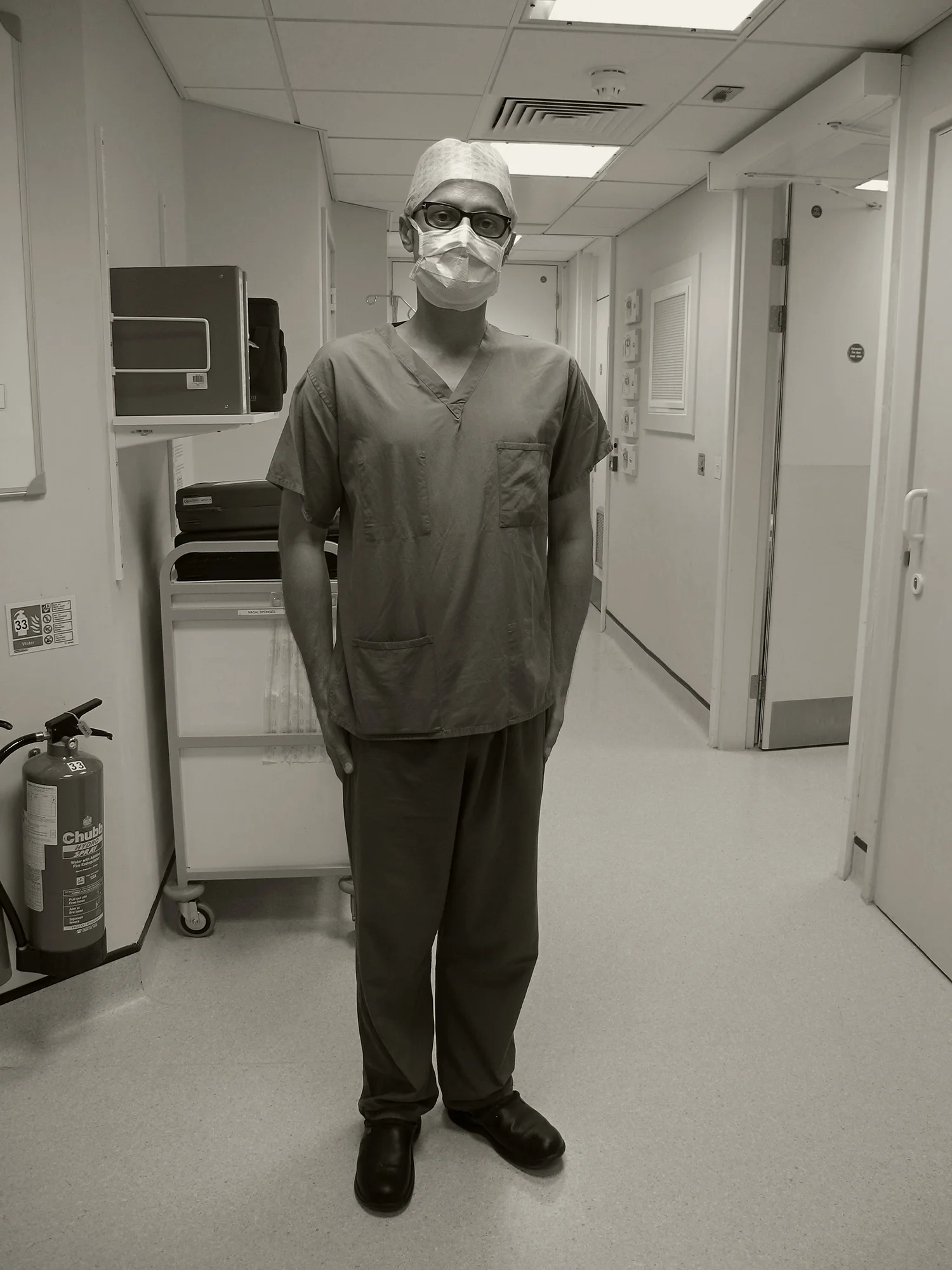
Prime Cuts
ART REVIEW 2012
Who has the harder job, a surgeon or a portrait painter? I’m listening to Sir Roy Calne give his thoughts on the two professions – and he knows what he’s talking about. Calne performed the first liver transplant in Europe back in 1968, and the world’s first liver, heart and lung transplant in 1987. He is also a gifted painter, and was taught by one of his patients – the excellent and troubling Scottish artist John Bellany. Calne’s portraits have something of Alice Neel’s psychological acuity. His talk takes us through the battle-scarred portraits of Henry Tonks, and then he pauses to tell us a great story about Max Liebermann. Before painting his portrait of Ferdinand Sauerbruch (then head of the surgical department of the Charité in Berlin), Liebermann apparently had a warning for the surgeon. The artist told Sauerbruch that if he, the surgeon, made a mistake then he could bury it, cover it up with grass in a cemetery – but if the great Liebermann cocked up, then the result was stuck on a museum wall for centuries.
Jonathan Yeo is well aware of the risks that face the portrait painter in the early twenty-first century. Getting it right in an era of mass surveillance and endless real-time celebrity exposure has paradoxically never been more of a challenge. Media intrusion means that, for the famous, the personal guards are well and truly up. How then to break these down slowly with paint, to capture some idea of the essential self? Already well known for his iconic takes on Tony Blair, Dennis Hopper and Nicole Kidman, Yeo turned his attention towards surgery and in particular that associated with cosmetic operations. Beauty and the endless search for perfection – and the incredible price that some will pay to achieve it.
Each era has its own artistic challenges. For Tonks and Otto Dix, capturing the surgical results of the First World War was a moral imperative, an essential truth. For Yeo, the augmentations and reductions carried out now by plastic surgeons speak of today’s inescapable truths. We want to look like that … we want our idea of perfection. And in this respect some cosmetic surgeons are sculptors, artists, second cousins of, say, Orlan and her experiments in body-reshaping. Some surgeons can even recognize the hand of a colleague, the aesthetic taste of a peer, in the styling of a particular face-lift. Yeo’s paintings document this relatively recent craze for a surgically created idea of perfection, a phenomenon not so far away from the eroticism of violence prophesized by J. G. Ballard in books such as The Atrocity Exhibition (1969) and Crash (1973). Yeo’s paintings ask us this: by striving for a fixed ideal of beauty are we not in danger of developing a uniformity of appearance? By reducing or eliminating difference and oddity in looks might we, ultimately, degrade our capacity for surprise, for finding real beauty in the flaw? Maybe Todd Rundgren was right when he sang that love between the ugly is the most beautiful love of all.
Yeo has done his own in-depth research by working with several surgeons. The parallels of creative surgery with painterly activity are highlighted by explicit reference to surgical markings. His collaboration recalls that of writer Ian McEwan, who watched a neurosurgeon for two years as research for his novel Saturday (2005). But even as discreet a writer as McEwan cannot escape a certain ironic suggestiveness (his surgeon is named Perowne, which recalls Peyronie’s disease, a painful condition that causes abnormal curvature of the penis). Yeo as a realist in his imagery avoids any such contrived associations and, in a thankfully calmer time than that of Goya, also says ‘Yo lo vi’ – ‘I saw it’. Abdominoplasty and blepharoplasty. Labiaplasty and phalloplasty. ‘Y esto también’ – ‘and this as well’. Draw your own conclusions.
First published in Art Review, 2012